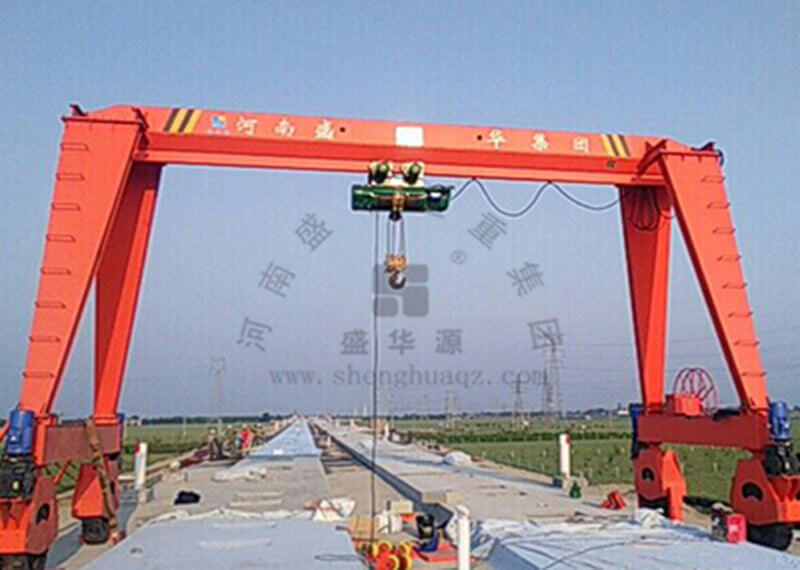
What are the requirements for the laying of electric wires of tire gantry cranes
What are the requirements for the wiring of tire gantry cranes?
The tire gantry crane includes the components of metal structure and electromechanical equipment. Generally speaking, the cables of tire gantry cranes can be laid directly, and only need to take appropriate protective measures to avoid mechanical damage, chemical corrosion and oil pollution; but it should be noted that no joints are allowed in the middle of the crane wires; if the path allows, Transition terminals can be connected near the device.
The wires of the tire gantry crane must be installed and connected correctly in order to connect the various components, which plays an important role in the development of the lifting operation. In addition, the relevant laying must meet the above requirements, otherwise it will affect the normal operation of the double-girder road and bridge gantry crane.
The inner cavity of the junction box (box) should have sufficient wiring space. Terminal blocks with anti-loosening measures should be used. Wires passing through steel pipes or metal holes must be guarded to prevent wire fraying. Conduit or conduit should be as close as possible to electrical equipment, and wires that people may come into contact with must be routed in conduit or metal conduit.
Both ends of the wire should use cold-pressed copper ends that will not fall off. The connection between the wire and the end must be compressed with a special cold-pressing pliers. Both ends of the wire should be consistent with the circuit diagram or wiring diagram. Intermediate connectors are not allowed for all wires, and transition terminals are allowed near equipment for lighting wires. in the wire slot. In places where wires are piled up, such as under the driver's cab floor, the wires should be arranged, and the wire harness number consistent with the wiring diagram should be marked.


